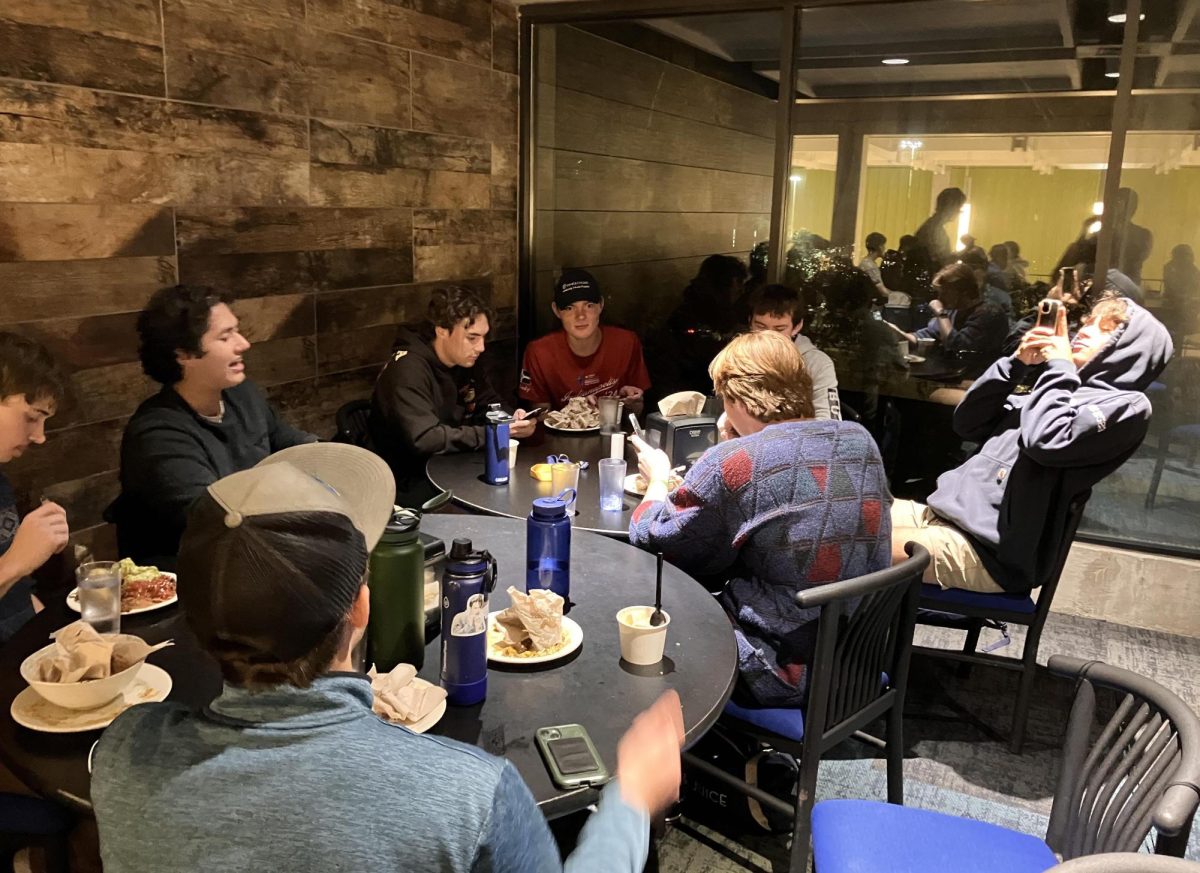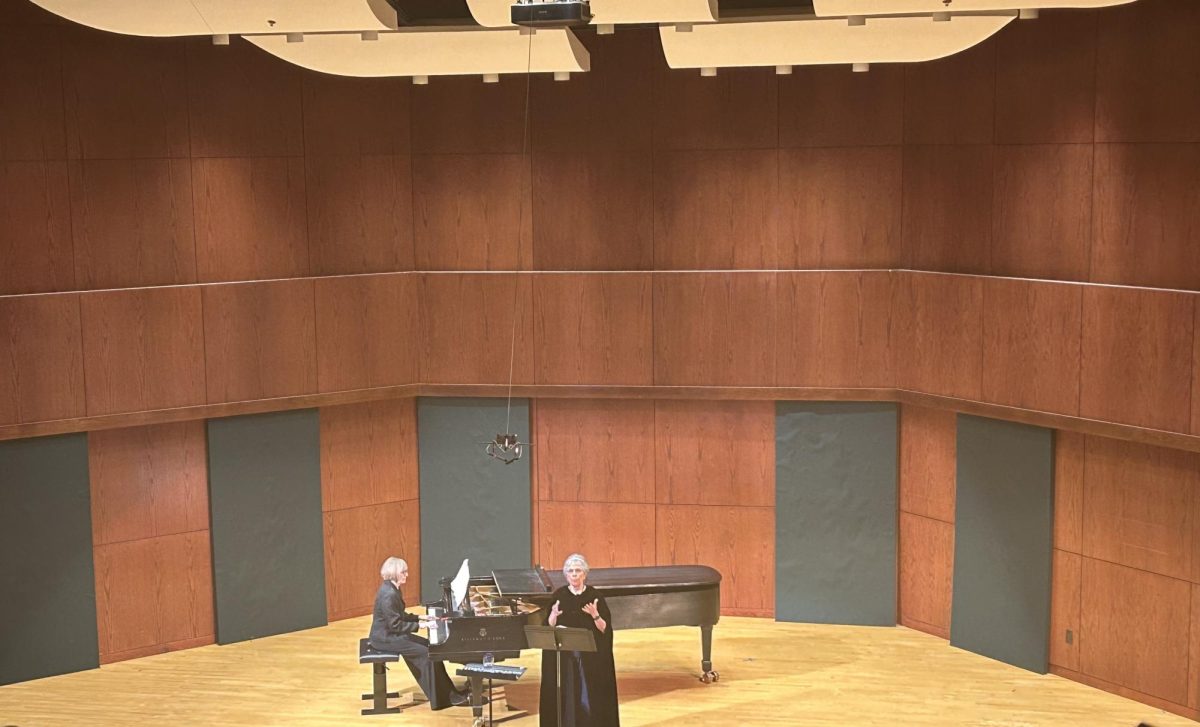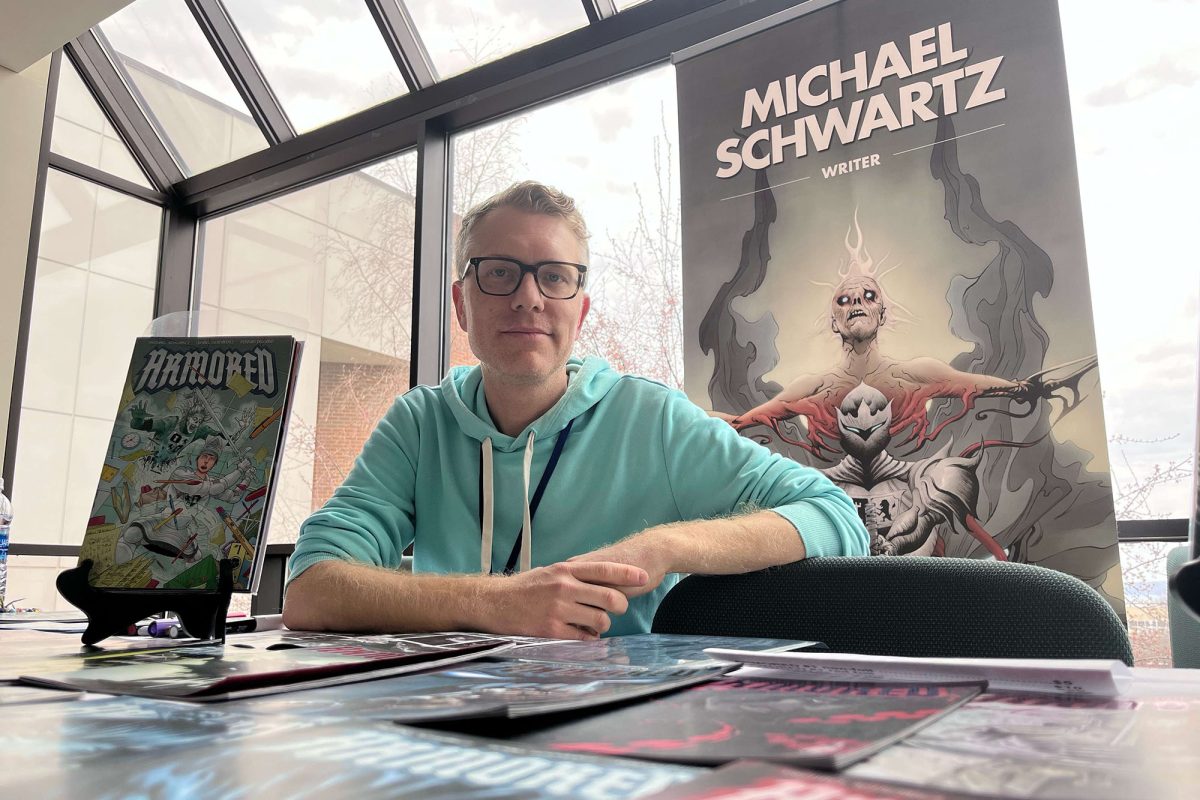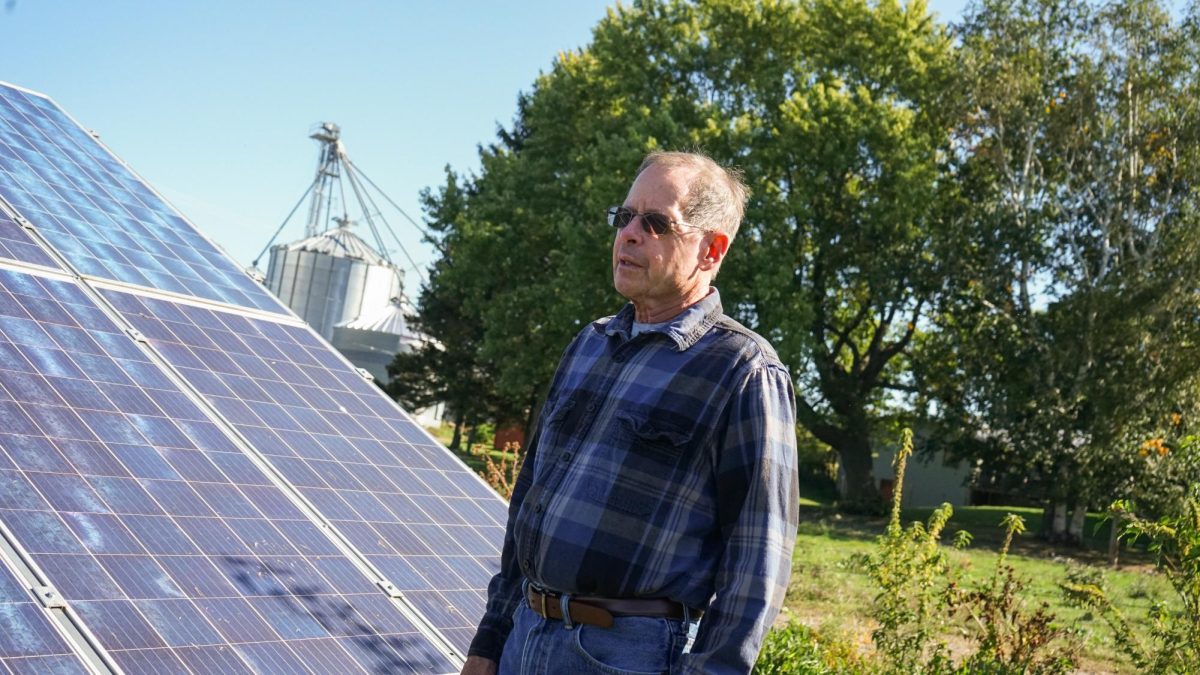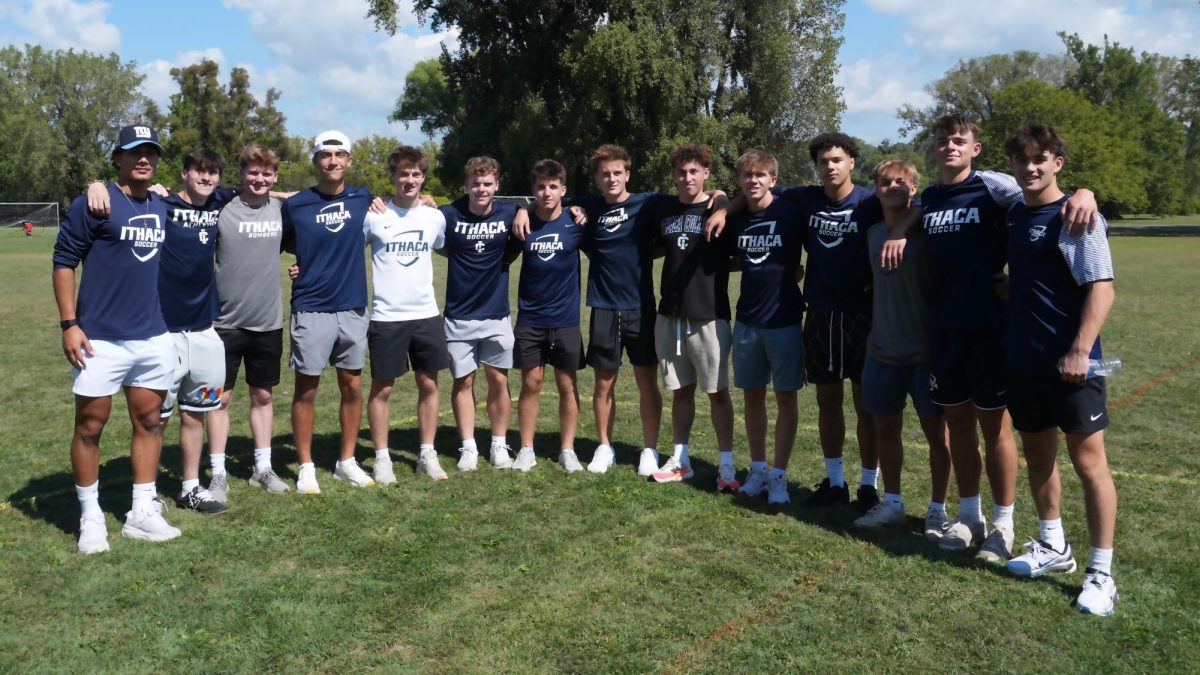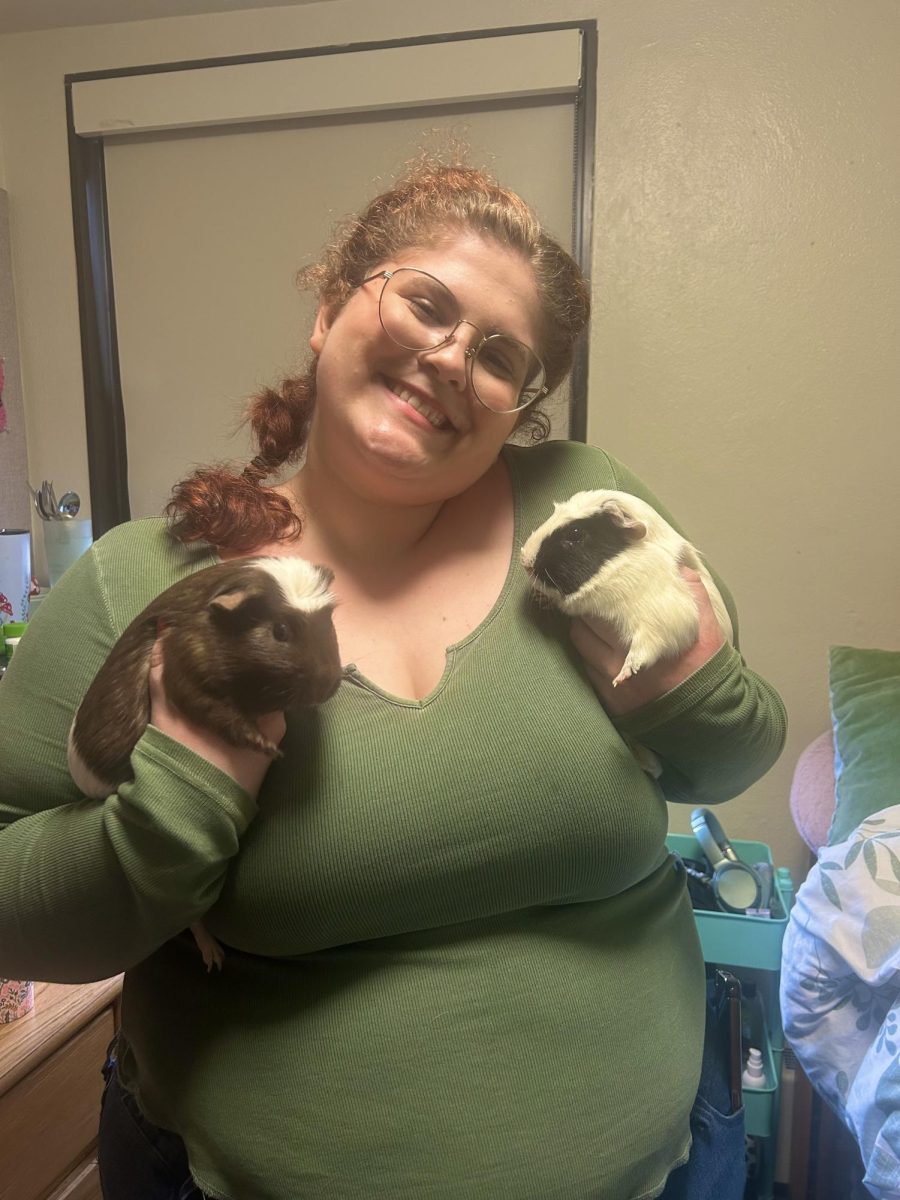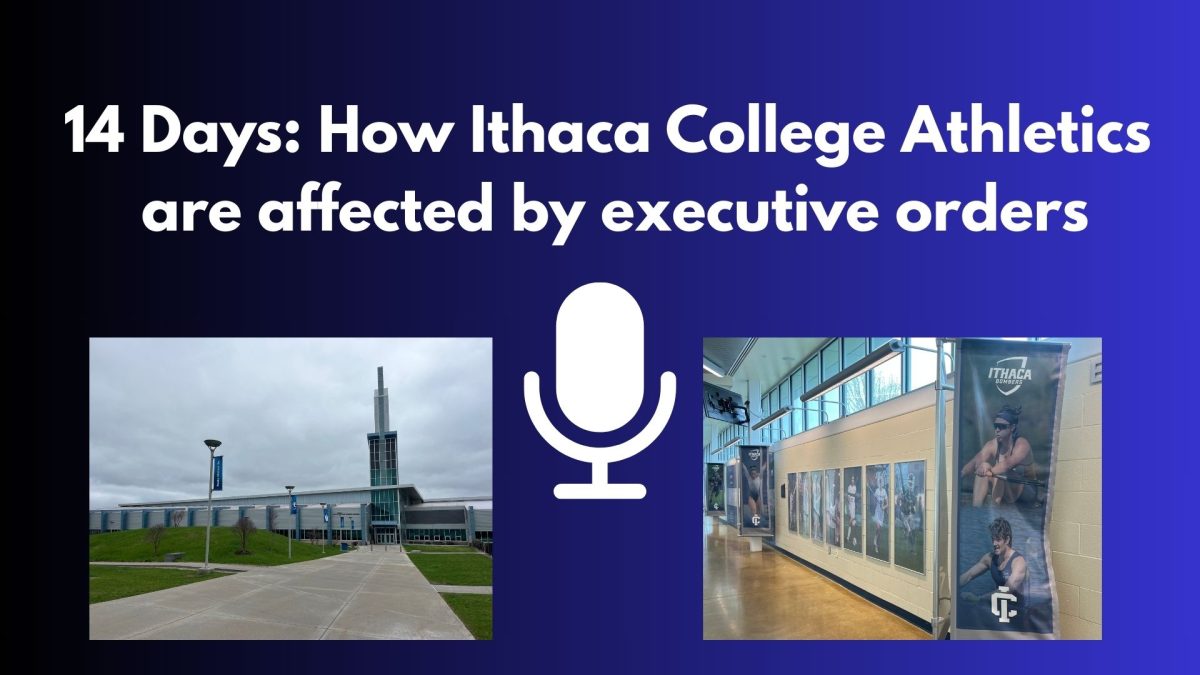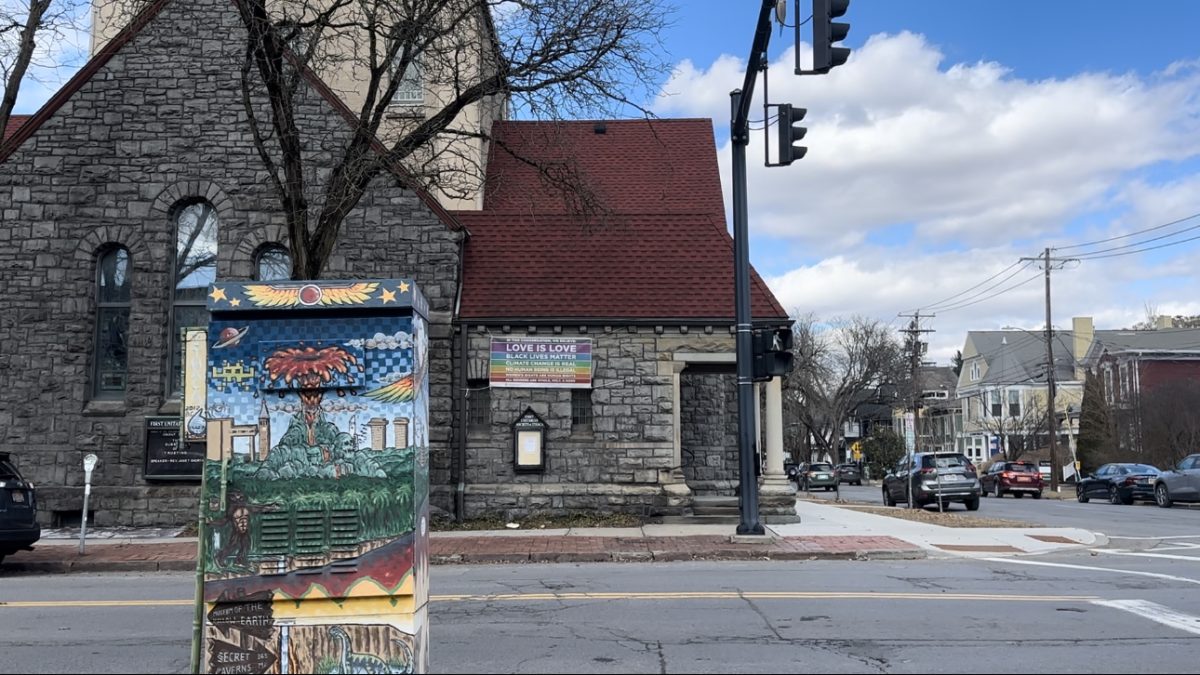His father, who emigrated with his family at the age of nine to the United States, was born and raised in Lebanon to Armenian parents. His family is not as sure about his mother’s side but they believe her family emigrated from Armenia, formerly part of the Soviet Republic, around the time of the nation’s creation in 1918. Where his ancestors were before and what happened to them during the period of 1915-1917 is entirely unknown.

“I don’t know the full story,” he said.
These gaps in Kasparian’s family tree are common questions that many Armenian families like his cannot answer.
This is because the Armenian people were forcibly removed and killed at the hands of the Ottoman-Turks from 1915 to1917.
“This is a genocide that has affected every Armenian,” said Ronald G. Suny, William H. Sewell Jr. Distinguished professor in the Department of History at the University of Michigan. “My own family as well. My great grandparents were killed in those events.”
Over 104 years since the genocide occurred, the U.S. House overwhelmingly voted Oct. 29 in a 405-11 bipartisan vote to officially recognize the Armenian genocide. The United States hosts the third largest Armenian diaspora outside of the Armenian state, behind Russia, with pocket communities in major cities such as Los Angeles.
Historical context of the genocide
Armenians are an ethnic group native to the Armenian highlands which are concentrated in the Caucasus region spanning across parts of modern-day Turkey, Armenia, Georgia, Azerbaijan and Iran. Armenians were both an ethnic and religious Christian Orthodox minority group in the Ottoman Empire — which remained for over 600 years ultimately falling in 1922 — that was majority Muslim Turkish or Arab.
Beginning in 1915 during World War I, the new Young Turk government of the Ottoman Empire ordered mass deportations of Armenians from the empire. Approximately 1.5 million Armenians were forcibly removed, starved and stranded in the Syrian desert and murdered between 1915-1917, according to the Armenian National Institute.
Pogroms — large scale massacres — of Armenians in the empire were also recorded in the late 1800s.
As a result of the genocide, many surviving Armenians ended up as refugees in nearby countries including Russia, Georgia and Lebanon. Others emigrated to Eastern Europe and the United States.
Only 29 of 195 countries worldwide recognize the Armenian genocide today — now including the United States.
Although, Turkey recognizes the events that occurred, they refuse to describe them as genocide, Suny said.
“Some describe it as a civil war, an Armenian rebellion that had to be put down, Armenian betrayal and linking up with the Russians who were at war with the Turks, etc.,” Suny said. “This resolution by the House of Representatives, which was overwhelmingly passed, was the first time that a major institution in the United States took this rather courageous stand to recognize those events as a genocide, which they indisputably are.”
Political context of the United States recognition of the genocide
On Oct. 13, U.S. President Donald Trump ordered American troops, who were aligned with Kurds in the Turkish-Syrian border region, out of Syria with encouragement from the Turkish government.
The removal of American troops paved the way for the Turkish government to launch an attack on the Kurdish people who, similarly to Armenians, are an ethnic minority in the region. This attack was part of a larger effort of the Turkish government to ethnically cleanse their Kurdish population, Suny said.
Although some, including Kasparian, felt the political context clouded the decision of the House to recognize the genocide, Suny had a more diplomatic approach.

He said he understood why the previous political relations between the United States and Turkey, as North Atlantic Treaty Organization (NATO) allies, prevented any moves to officially recognize the genocide. This is why the current political situation presented a unique chance to finally do so, Suny said.
“This resolution and the anger that people in government felt about what the Turks had done [to the Kurds] gave the government an opportunity, finally, to act honestly in this historical discussion,” he said.
This sentiment did not extend to the Senate which failed to pass the resolution recognizing the genocide Nov. 14. The resolution is being blocked by Republican Senator Lindsay Graham.
IC Senior Jae Lovejoy, who has partial Armenian heritage, said she feels that the political context for the House vote tainted this long-deserved recognition for Armenians.
“It’s almost an injustice to Armenians because they are using the Armenian genocide as a punishment for the Turkish government, as opposed to admitting there is an issue with the genocide,” she said.
Healing from “incomplete mourning”
Similar to Kasparian, Lovejoy knows little about the Armenian branch of her family tree. She said her great grandfather, Hampartoum (anglicized as Harry) Sahagian, was born and raised in Hungary to Armenian refugee parents that escaped in the initial pogroms in Turkey.
Eventually, the family emigrated to the United States. Beyond that, there are little to no clues. Certainly not clues that Ancestry.com could likely solve.

This is also in part because her maternal grandmother, Evelyn Sahagian Hemberger, rejected her Armenian heritage when she was growing up in the United States, Lovejoy said.
Evelyn did not learn her parents native tongue, Armenian, and converted from Armenian Orthodox Christianity to Catholicism once she married an Irish-Catholic man.
Additionally, she shared very few of the horror stories about the genocide or even traditional recipes with Lovejoy’s mother and many siblings.
“We don’t talk about it at all, so we don’t know,” she said. “When my mom was growing up, none of her Armenian relatives would talk about it and if they did it was in hushed whispers and in Armenian so my mom couldn’t understand. … It never ended up being passed down.”
“And, for me, my mom didn’t tell me anything about the genocide growing up. I didn’t know about it until I was 10 or 11, and I still don’t know most of the stories.”
While this loss in family and culture for many Armenian families can never be restored, some argue that recognition can be the first step in healing from the collective trauma of almost being exterminated.

“… Armenians have suffered from what is called incomplete mourning,” Suny said. “They have been unable to grieve for the hundreds and thousands of people who died during the genocide in those years, a hundred years ago, because the event has not been recognized.”
“Maybe this will help a little bit for Armenians to come to terms with their own suffering,” Suny said. “You know, healing is a good thing.”

